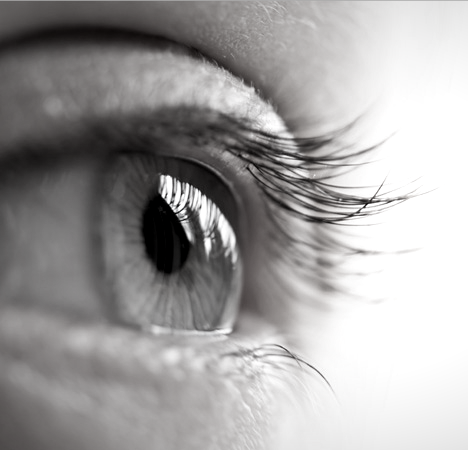Types and Grades of Cataracts
Three types of cataracts are: nuclear, cortical, and posterior subcapsular. Nuclear cataracts are graded according to their color and opaqueness. Cortical and posterior subcapsular cataracts are graded to the degree of interpupillary space obscured and the degree of posterior capsule obscured.
Different grading systems describe cataract severity; typically, labeling Grade 1 as Mild, Grade 2 as Moderate, Grade 3 as Pronounced, and Grade 4 as Severe.
Nuclear sclerotic cataracts or “Nuclear cataracts”
These occur when the center of the eye (or “nucleus”) goes hard (or “sclerotic”) due to compression of older lens fibers in the nucleus by new fiber formation.
As the nucleus hardens, it becomes cloudy (or “opacifies”) and affects your vision. Nuclear sclerosis is the most common of the three. (Source: American Academy of Ophthalmology)
Cortical cataracts or “White cataracts”
These occur when the outer layer of the lens (or lens cortex) becomes opaque. Over time, the clouding moves from the periphery of the lens cortex to the center, much like the spokes in a wheel.
People with diabetes are at more risk of developing cortical cataracts. (Source: Javadi, M.A., Zarei-Ghanavati, S.)
Posterior subcapsular cataracts
These are caused by opacities in the most posterior cortical layer, directly under the lens capsule. These cataracts are more common in younger age groups. They tend to form faster than cortical or nuclear sclerotic cataracts (with symptoms surfacing within the first few months). (Source: M. Edward Wilson)
Studies have also found that people taking steroids, have diabetes, or suffer from extreme nearsightedness and/or retinitis pigmentosa, are more prone to developing this type of cataract. (Source: Jobling A., Augusteyn R.C.)
Cloudy Vision After Cataract Surgery
Approximately one in four patients who have cataract surgery will develop cloudiness on the back of the newly implanted lens. Cloudiness generally occurs within 5 years after surgery, and there’s no way to predict who will develop it. If this happens, our physicians can easily correct the problem with an in-office procedure known as a YAG posterior capsulotomy. A surgical laser opens the clouded capsule, allowing light to pass through to the retina.
Fortunately for patients, this procedure is generally painless and completed in a matter of minutes. It can very quickly restore a patient’s vision after cataract surgery. Some floaters are normal after the YAG capsulotomy, but they should resolve within a few days. Then, the patient will return for a postoperative visit to ensure everything is looking good and vision has improved.
To find out everything you’d need to know about cataract surgery, and whether it’s right for you, read through our Comprehensive Guide to Cataract Surgery.


